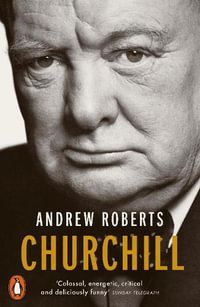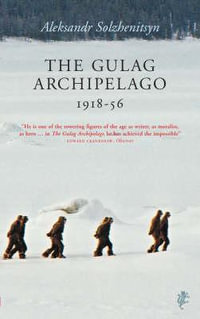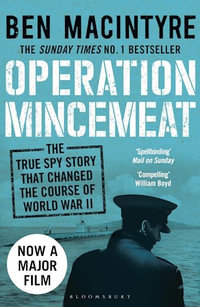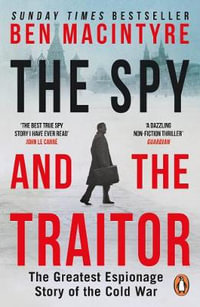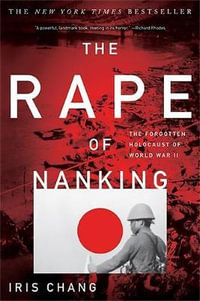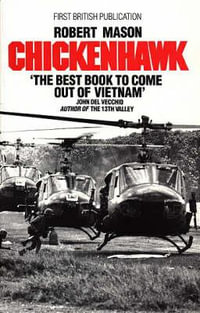
Arado Ar 234 Bomber and Reconnaissance Units
By: Robert Forsyth, Nick Beale, Janusz Swiatlon (Illustrator), Mark Postlethwaite (Illustrator)
Paperback | 17 January 2020
At a Glance
Paperback
$43.95
Aims to ship in 15 to 25 business days
When will this arrive by?
Enter delivery postcode to estimate
This illustrated title explores the design, evolution, and deployment of the Arado Ar 234, the world's first truly operational jet bomber and first reconnaissance jet.
When the revolutionary twin jet-powered Arado Ar 234 first appeared in the skies over north-west Europe in the summer of 1944, it represented the state-of-the-art in terms of aeronautical and technical development. The Ar 234 was a formidable aircraft - powered by Jumo 004Bs, the same engine used by the Me 262, and with a maximum speed of 735 km/h and range of 1600 km/h, it was very difficult for the Allies to ‘catch'. Here was a machine that with its superior speed could operate with impunity as both a bomber and in the reconnaissance role.
As such, the aircraft became the world's first reconnaissance jet, undertaking secret, high-speed, high-altitude observation missions for the German High Command over the Allied beachheads in Normandy and other Allied strongholds. Astonishingly, in September 1944 and as late as 1945, lone Ar 234s conducted reconnaissance flights over British ports and the Mediterranean. The aircraft was equally efficient as a jet bomber - although the Ar 234B-2 bomber variant carried no defensive gun armament, it was able to deliver 1000 kg of bombs at high-speed and at either low- or high-level with considerable and devastating accuracy.
This highly detailed title from renowned aviation historian Robert Forsyth explores the history of this incredible aircraft, from its development in the early 1940s to its deployment in both reconnaissance and bomber roles throughout the rest of the war. The masterful text is supported by stunning, specially commissioned artwork.
About the Author
Robert Forsyth has studied the history and operations of the Luftwaffe for many years. He is the author of several books on the subject as published by Classic Publications, Ian Allan Publishing, and Osprey Publishing - for whom he has written 15 titles in the ACE, DUE, COM and XPL series, as well as the stand-alone Shadow over the Atlantic, which Aeroplane magazine rates as ‘highly recommended'. He has also written articles for The Aviation Historian, Aeroplane, FlyPast, Combat Aircraft, Aviation News and Aero Journal magazines. He is a member of the Editorial Board of The Aviation Historian.
ISBN: 9781472844392
ISBN-10: 1472844394
Series: Combat Aircraft
Published: 17th January 2020
Format: Paperback
Language: English
Number of Pages: 96
Audience: General Adult
Publisher: Bloomsbury Publishing (AUS)
Country of Publication: GB
Dimensions (cm): 18.4 x 24.7 x 0.8
Weight (kg): 0.32
Shipping
| Standard Shipping | Express Shipping | |
|---|---|---|
| Metro postcodes: | $9.99 | $14.95 |
| Regional postcodes: | $9.99 | $14.95 |
| Rural postcodes: | $9.99 | $14.95 |
How to return your order
At Booktopia, we offer hassle-free returns in accordance with our returns policy. If you wish to return an item, please get in touch with Booktopia Customer Care.
Additional postage charges may be applicable.
Defective items
If there is a problem with any of the items received for your order then the Booktopia Customer Care team is ready to assist you.
For more info please visit our Help Centre.
You Can Find This Book In
This product is categorised by
- Non-FictionHistoryRegional & National HistoryEuropean History
- Non-FictionHistoryGeneral & World History
- Non-FictionWarfare & DefenceAir Forces & Warfare
- Non-FictionHistoryEarliest Times to Present Day20th Century History from 1900 to 2000
- Non-FictionWarfare & DefenceWeapons & EquipmentMilitary VehiclesMilitary Aircraft
- Non-FictionHistoryMilitary History
